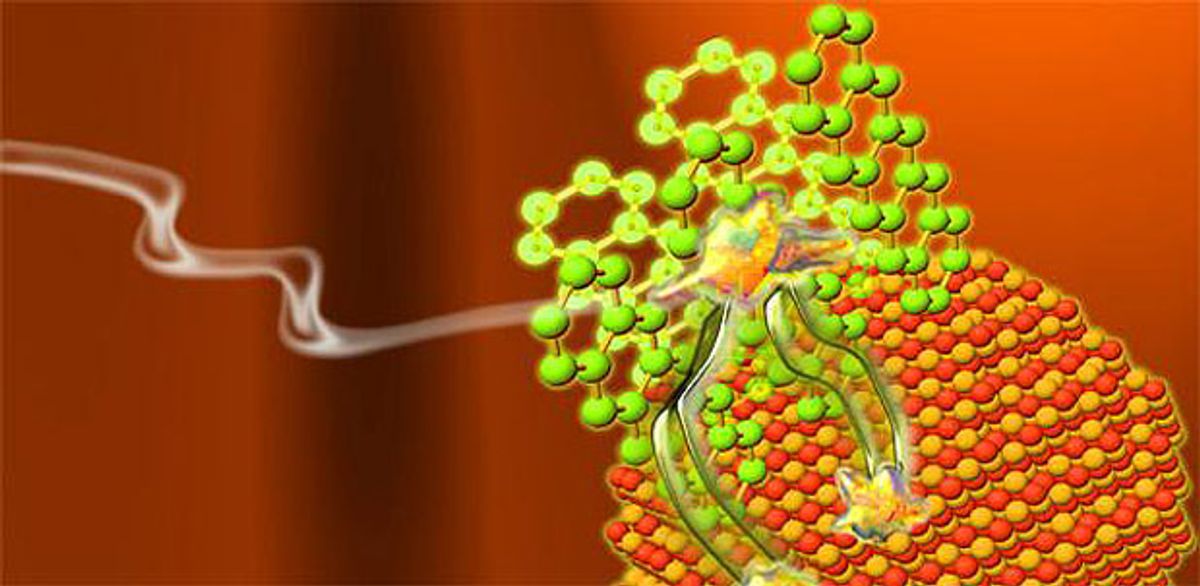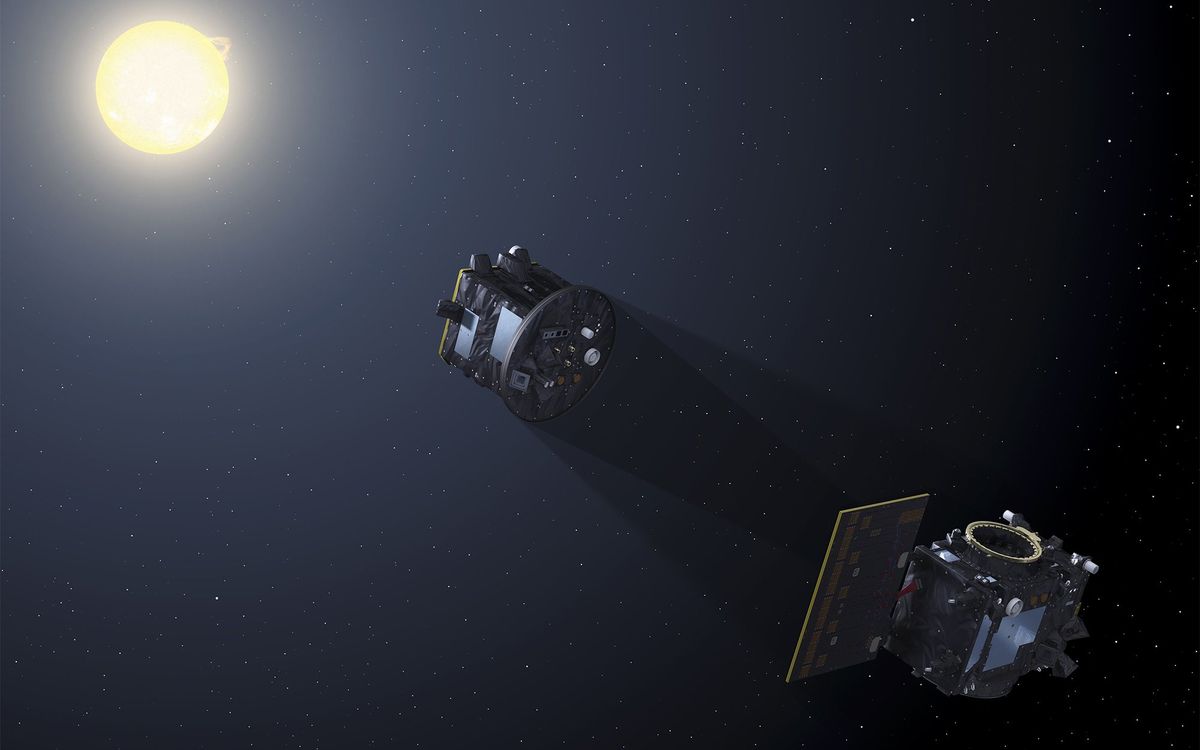Researchers at the University of Cambridge in the U.K. have developed a hybrid material made from pentacene (an organic semiconductor) and lead selenide (PbSe) nanocrystals (an inorganic semiconductor) that is capable of harvesting dark spin-triplet excitons at 100-percent efficiency.
This research, which was published in the journal Nature Materials, marks the first time that the energy from triple excitons has been transferred from organic to inorganic semiconductors. Prior to this work, that kind of transfer had only been shown to be possible with spin-singlet excitons.
To put this in perspective, a little background is in order. The process that occurs in solar cells involves photons from a light source (typically the sun) being absorbed and the photons generating excited states referred to as excitons. The excitons travel to positive-negative (p-n) interfaces where the charges are separated; positive charges are collected at anodes and negative charges are collected at cathodes. From there the charges are sent to an external circuit to produce electricity.
One critical note on this paradigm is that excitons come in two flavors: spin-singlet and spin-triplet. Spin-singlet excitons are for the most part what photovoltaic cells harvest to create electricity. On the other hand, spin-triplet excitons, known as “dark” triplet excitons, have an electron spin that makes it difficult for photovoltaics to harvest their energy.
“The key to making a better solar cell is to be able to extract the electrons from these dark triplet excitons,” says Maxim Tabachnyk, a Gates Cambridge Scholar at the University’s Cavendish Laboratory, and the paper’s lead author, in a press release. “If we can combine materials like pentacene with conventional semiconductors like silicon, it would allow us to break through the fundamental ceiling on the efficiency of solar cells.”
This fundamental constraint, known as the Shockley-Quessier limit, is based on the belief that solar cells with a single p-n junction can convert no more than 33.7 percent of the sun’s energy into electricity. This limit has pretty much stood the test of time, with state-of-the-art single p-n junction photovoltaics not reaching much above a 20-percent conversion efficiency.
However, Tabachnyk said via e-mail that these spin-triplet-exciton-harnessing hybrid solar cells could reach an energy conversion efficiency of 46 percent, well above the Shockley-Quessier limit.
While some research with nanowires has suggested an actual theoretical energy conversion efficiency of 65 percent, the best these nanowire solar cells have so far been able to achieve is around 14 percent conversion efficiency.
Whether this hybrid material can fare better in actual prototypes remains to be seen. Tabachnyk suggested that there has been some interest in commercializing the technology, but provided no further details.
Presumably, to this end, the research team is now developing a cheap organic coating that could be used to boost the power conversion efficiency of solar cells made from silicon.
Dexter Johnson is a contributing editor at IEEE Spectrum, with a focus on nanotechnology.



